Nestled in woodland at the foot of Glen Prosen is a tiny derelict church made entirely out of corrugated iron.
It has something of a gingerbread house quality about it.
As I walk towards the quaint, ramshackle hut, I wonder whether there might be a witch with cannibalistic intentions waiting inside.
Banishing such creepy thoughts, I try instead to focus on the cute, fairy-tale design of the Tin Kirk.
It’s in a gorgeous setting – in a secluded wooded dell on the Pearsie Estate a few miles from Kirriemuir.
There’s no denying there’s an air of dereliction, and indeed desolation, about it.
It must be a good few years since the kirk, also known as the Iron Kirk, and ‘tin tabernacle’, was used as a place of worship.
The once brightly painted red roof catches my eye as I edge closer, and I notice the corrugated iron has crumpled in places.
Two tall stone chimneys stand strong and the windows – including a striking octagonal-shaped design – seem to be intact.
Is it easy to access the Tin Kirk?
The main door isn’t locked: it opens easily, although it makes a slightly eerie creaking sound.
Inside the vestibule I discover a variety of old-fashioned wooden chairs, and a piece of clothing, possibly a jacket, draped over one.
Venturing through a door into the main body of the kirk, I find a shabby green sofa, again with an item of clothing sitting on it.
There’s a strange green dresser in one corner, and, an old carton of milk, thankfully empty, inside it.
Be careful if you venture inside
Rather worryingly, one of the kirk’s wooden beams has partially crashed to the floor, and I scuttle underneath it quickly, aware that this is perhaps not the safest place to be.
The broken beam has clearly had an impact on the structure of the building – water has poured through the roof, as evidenced by large patches of damp on the wooden floor.
The remains of a hearth are covered in rubble, and charred wood indicates that someone has tried to make a fire here. Alarm bells are ringing!
I find a mirror on a wobbly wooden table and note that someone has attempted to graffiti some obscenities in the dust.
Another room at the back of the kirk appears to have been a bathroom, but while a shelf and towel rail remain, the basin has fallen and cracked and there’s no sign of a loo.
It’s a curious place for sure – and despite the sense of neglect, there’s a lovely sense of peace here.
I’m very nearly tempted to settle down into the sofa, but I think twice.
Outside, in an outbuilding, I find a grubby toilet. I retreat from it rapidly.
Why is Tin Kirk situated in isolated spot?
So what’s the story? Why does the wee kirk sit in such an isolated spot?
It’s said to be one of a number of churches built just after what’s known as The Disruption of 1843.
This was a very stormy period in church history, when around a third of ministers in the Church of Scotland resigned because of state interference in its internal affairs.
The Disruption led to the formation of the Free Church of Scotland.
Disputes soon arose over which denomination could claim the various church buildings which had been solely Church of Scotland.
When they were denied the church that had previously been their place of worship, the breakaway Free Church congregation in Glen Prosen was forced to look elsewhere to hold their services.
It seems that the lonely site was grudgingly given to the congregation by the landowner at the time – and it’s said he was not especially sympathetic to their views.
Why was it made of corrugated iron?
As to why the kirk was made out of corrugated iron, it was a cheap material, and the prefabricated sheets meant it was easy to construct.
The material was invented in the late 1820s and commonplace across Scotland at the start of the 20th Century.
It would have been ideal for members of the dispossessed Free Kirk looking for a new home.
Despite its modest size, the kirk was attended by a large congregation from across the glen.
But over time, this dwindled until it became too small to be viable.
Plans for the kirk’s future?
The Tin Kirk was bought by a family in the congregation who intended to reinstate it as a place of worship.
But it appears to have been used most recently as a gamekeeper’s hut, as it has some rather dilapidated kennels in an adjacent shed.
It’s a glorious place to revel in the beauty of the Angus glens, and I pause to gaze at the views of rolling hills.
A little stroll further up the glen takes me deeper into woodland, where, to my delight, I spot a cheeky red squirrel scurrying up a tree.
Glen Prosen Church also worth a visit
Had I driven to Prosen village, at the head of the glen, I’d have been able to check out the pretty whitewashed Glen Prosen Church, built in 1802.
The interior was redesigned in 1900 by one of Scotland’s greatest architects, Sir Robert Lorimer and contains some of his fine wood carvings.
A six-mile track known as the Minister’s Path crosses the hills and links Glen Prosen to Glen Clova.
One minister served the churches in both glens and each Sunday he walked the path twice to lead the services. He must’ve had legs of steel.
From most points in the glen you’ll be able to spot the landmark Airlie Monument, which sits on Tulloch Hill.
It was built in memory of the 11th Earl of Airlie, who was killed in the Boer War in 1900.
- The Tin Kirk is just below Pearsie Lodge, on the road to Balintore. Follow the road for about 200 yards and you’ll spot the red roof peeping through the trees.
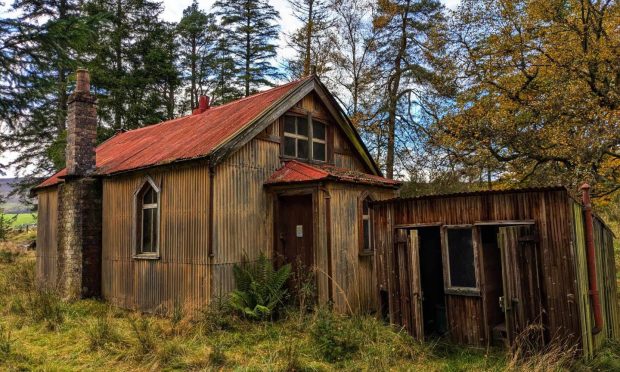
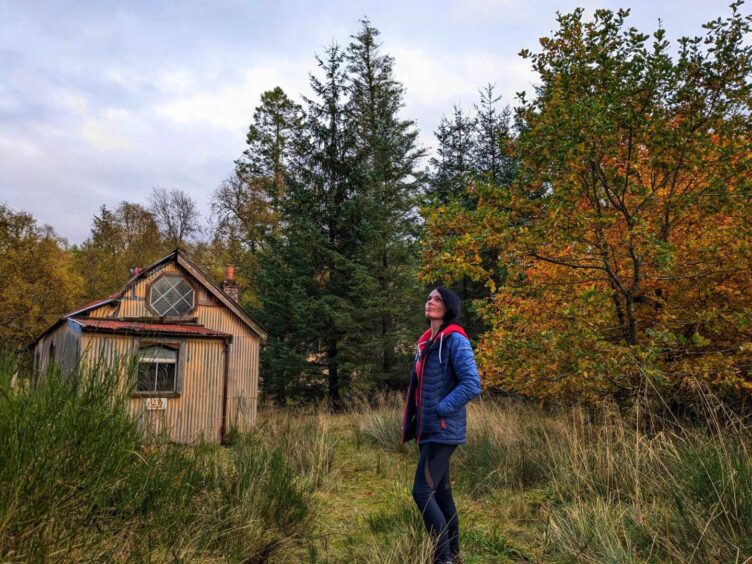
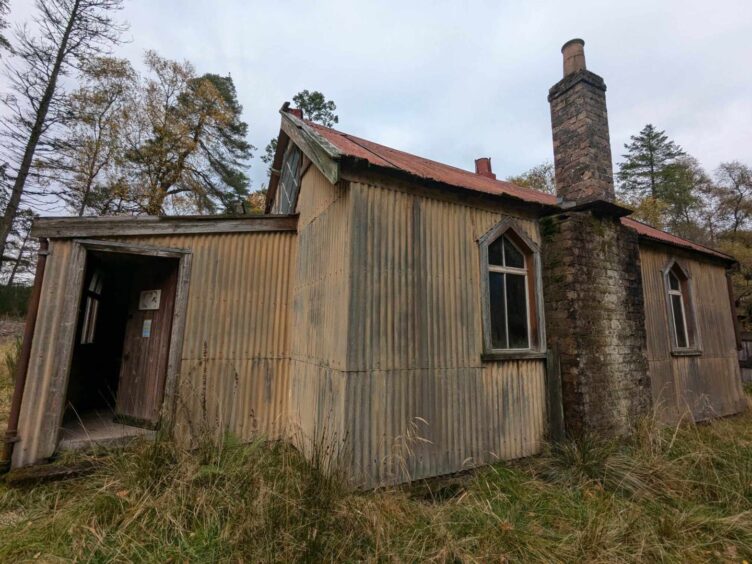
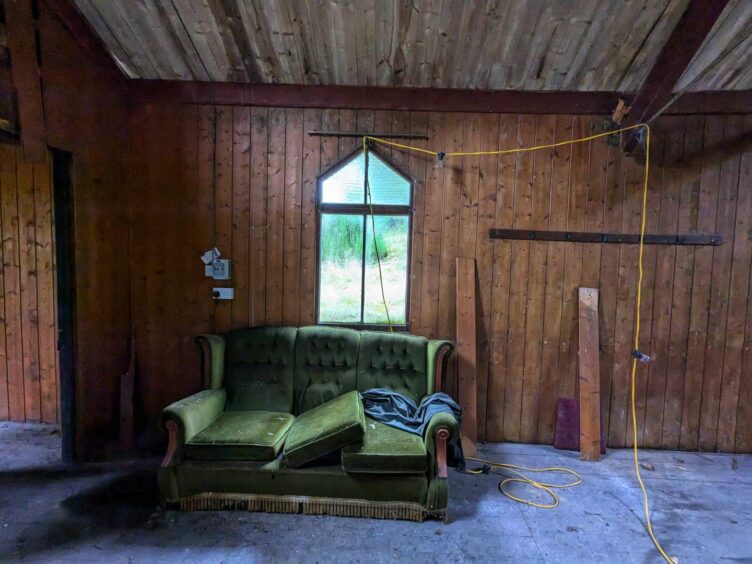
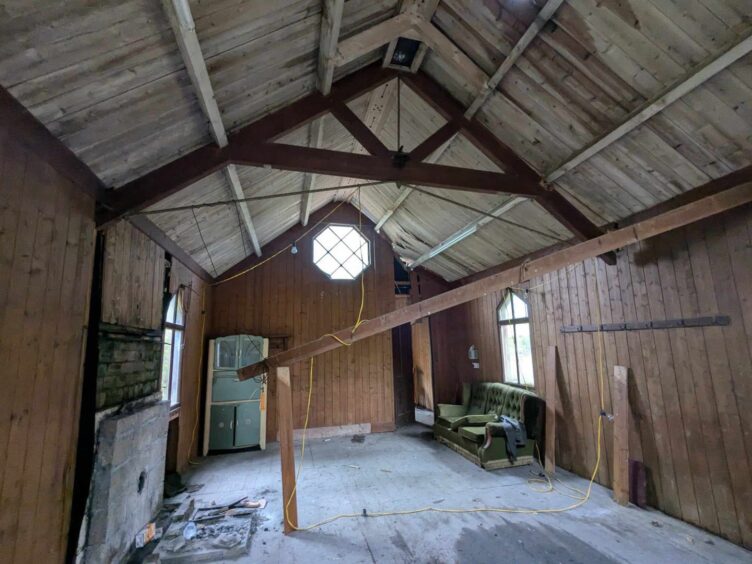
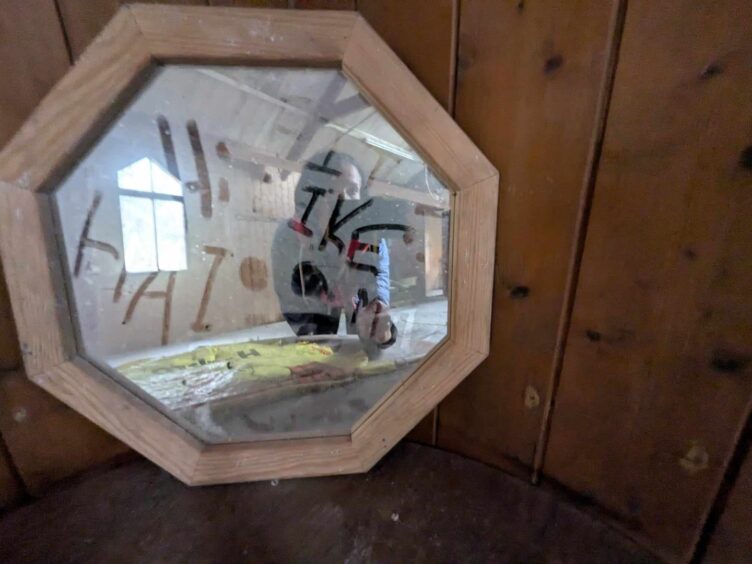
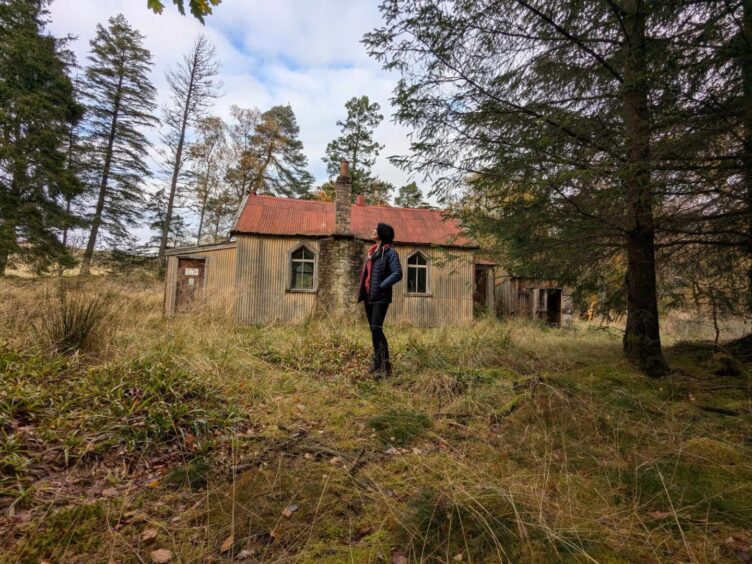
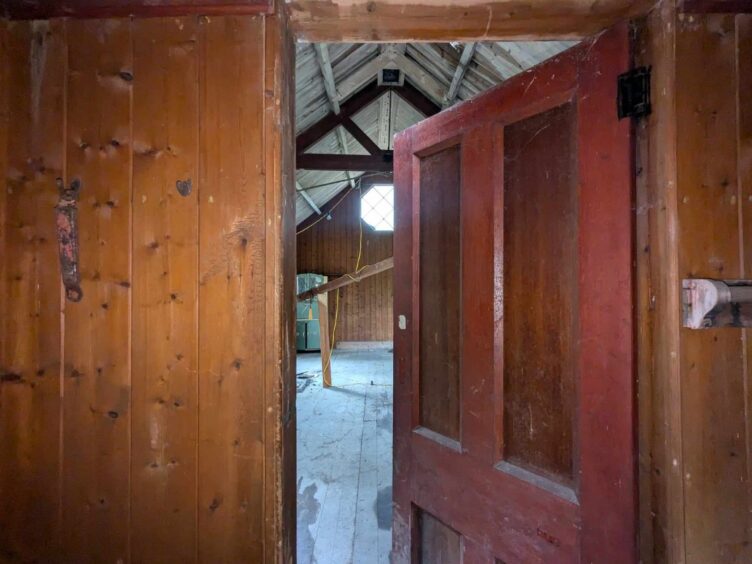
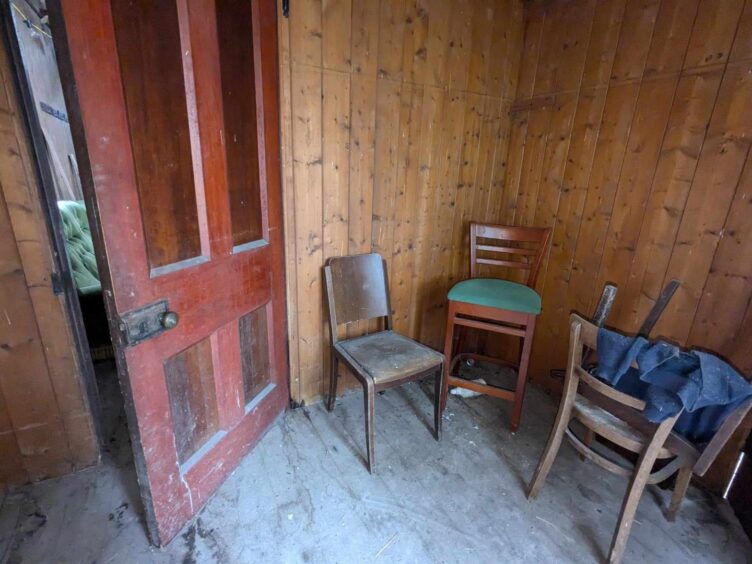
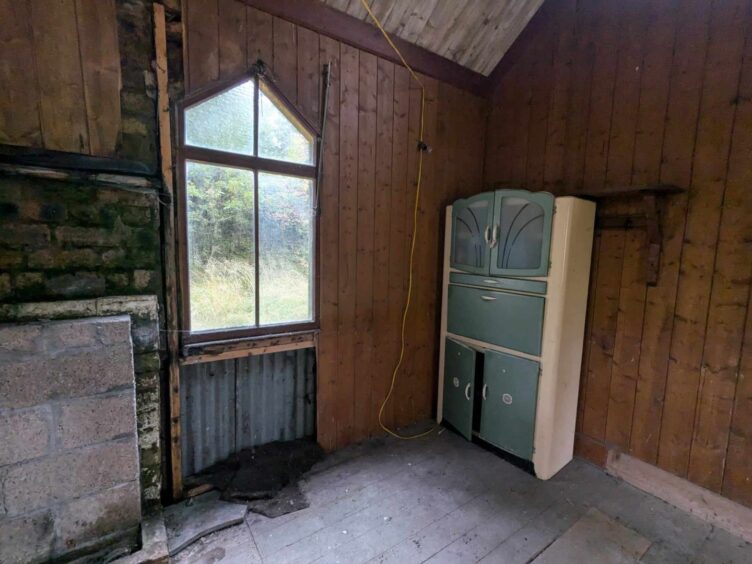
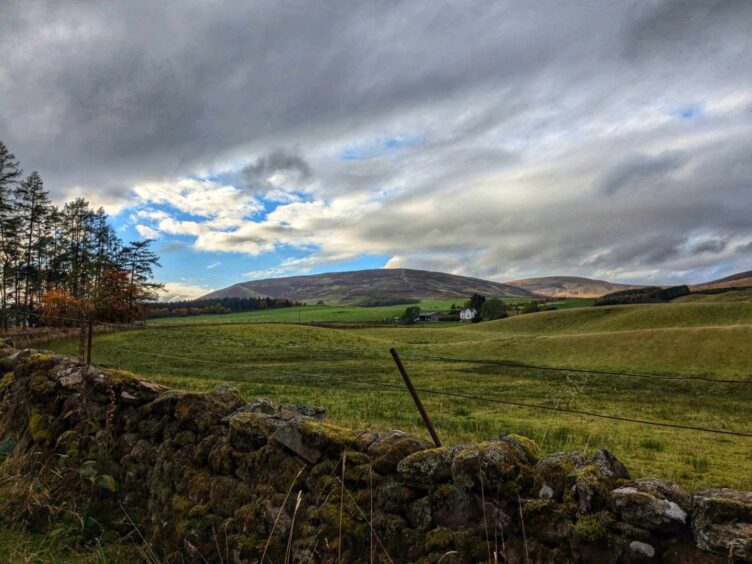
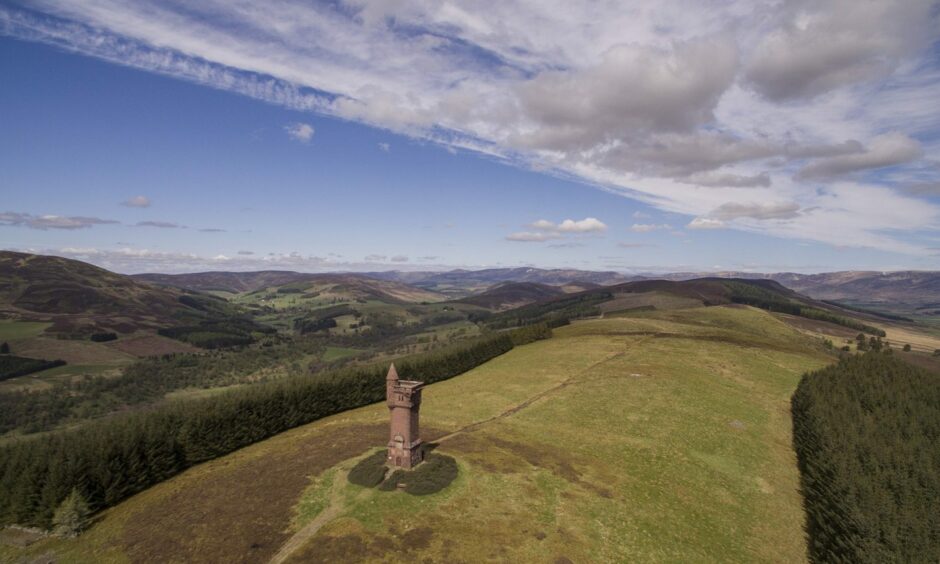










Conversation